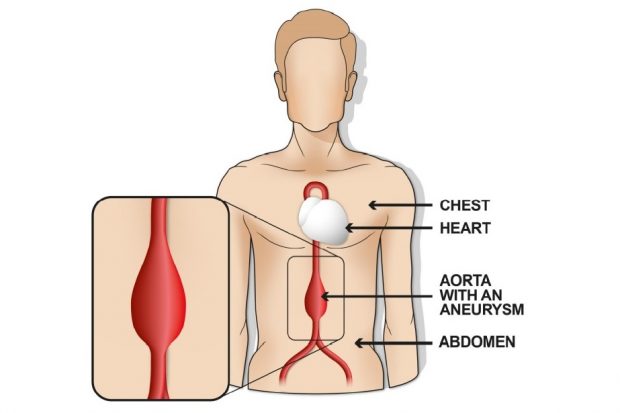
The NHS Abdominal Aortic Aneurysm (AAA) Screening Programme uses ultrasound images of the tummy to look for swelling of the aorta (the main blood vessel in the body). This swelling is called an aneurysm and can be fatal if it enlarges and bursts.
The NHS Diabetic Eye Screening (DES) Programme uses digital photographs of the retina (part of the back of the eye). This is to look for damage to blood vessels caused by diabetic retinopathy that can cause sight loss.
Incorrectly assigned images
In both the NHS AAA and DES programmes, these images are analysed for signs of the conditions being screened for. On rare occasions, images can be incorrectly assigned to an individual’s record (they are saved on another individual’s record).
How these incidents happen
There are several scenarios where such incidents occur, including:
- not checking the identification of individuals each and every time they enter the screening room
- not performing identification checks in line with guidance (not asking the individual to give their full name, date of birth, address and preferably NHS number)
- uploading records and images from other systems to the screening software
- rushing because of clinic pressures
- selecting the wrong individual on the software
- a software system error
Why report?
These incidents need to be reported to SQAS and the NHS England regional public health commissioners of these services, even if the incident is a one-off or was spotted in time. Each scenario is different and SQAS can provide expert advice on how to handle them.
Such incidents are usually straightforward, and no one has come to harm. However, there is potential for harm to service users and damage to confidence in screening.
It is important to remember that:
- incidents of this nature could result in an individual being harmed if a referral is not timely or does not happen at all
- issues may impact on a larger scale (for example, incidents could identify an error with the IT network or software which affects multiple services)
- an opportunity to identify themes, learn from and address the underlying causes may be missed if incidents are not reported
- occasional errors that appear to be ‘one off’ might be linked to one root cause (for example, repeated errors by one staff member, regular IT network issues or if there is no standard operating procedure (SOP) or failure to follow one)
Incorrectly assigned images are not always discovered immediately. In some cases, the error is only spotted after a considerable delay or not at all.
Reporting errors when we identify them is not about blaming any individuals. It's important because we want to help prevent future errors and reduce the risk of harm.
Many other NHS Screening Programmes use images to check for conditions, for example the NHS Breast Screening Programme, and these principles equally apply to them.
PHE Screening blog
The PHE Screening blog provides up to date news from all NHS screening programmes. You can register to receive updates direct to your inbox, so there’s no need to keep checking for new blogs. If you have any questions about this blog article, or about population screening in England, please contact the PHE screening helpdesk.